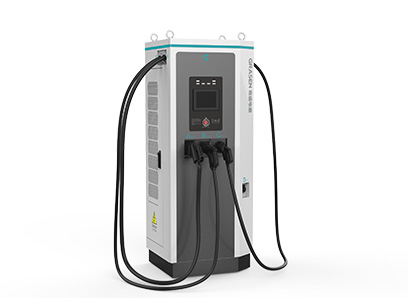Time:
As electric vehicles (EVs) become increasingly popular, there is a growing need for effective EV load management. The use of EVs can put additional pressure on power grids, and uncontrolled charging can lead to peak demand spikes and infrastructure strains. To mitigate this issue, load management strategies aim to balance grid demands with consumer needs.
In this blog, we will discuss what EV load management is, how it works, and why you need it.
It refers to the process of managing the charging of electric vehicles in a way that maximizes the efficiency and reliability of the power grid.
Load management reduces energy usage during peak demand periods so that the energy demand from EVs does not exceed the capacity of the grid, and to avoid overloads or blackouts. At the same time, it optimizes EV charging.
For commercial applications, when multiple electric vehicle chargers are connected to the same circuit, a local load management system allows you to determine how much power each charger can consume. Once configured, the chargers will automatically use the protocol of your choice to balance how much power each can use at the same time while keeping energy usage below the maximum power draw.
For home applications, EV load management can optimize the charging infrastructure by delivering available power to EVs and shifting charging loads across energy sources to safely deliver electricity without interfering with the power needs of buildings, homes, or other power consumers. Besides, it can shift the charging session for a single charger to a time when energy is less expensive.
EV charging load management is a software-based solution designed for managing energy when several charging stations work simultaneously. The load management software constantly communicates with the electricity infrastructure, charging stations, and EVs to realize load sharing.
Static load balancing deals with fixed, predetermined power allocations. This means that your EV receives a fixed allocation of power from a portion of your grid that is maintained and kept the same at all times.
DLM(dynamic load balancing) allows for charging several EVs simultaneously in the most efficient way by using the remaining available power dynamically and balancing it between the EV chargers. It also allows increasing the number of charging stations without increasing the contracted power.
There are many advantages of EV charging load sharing.
Grasen EV charging stations can communicate with each other via either Ethernet or Open Charge Point Protocol (OCPP) network services. And most EV chargers support DLM including AC EV chargers and DC fast chargers.

Multi-standard DC Charging Station
Choosing charging stations with EV load management is a future-proof investment. It will help you save time, money, and effort in the long run.
Submit Request